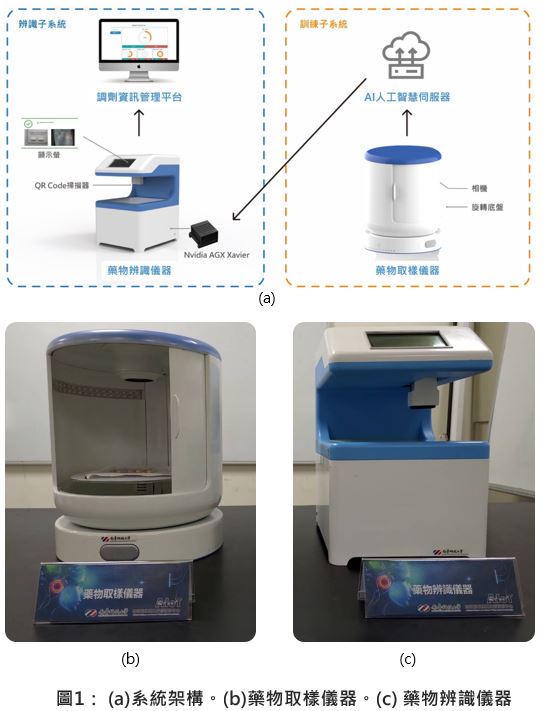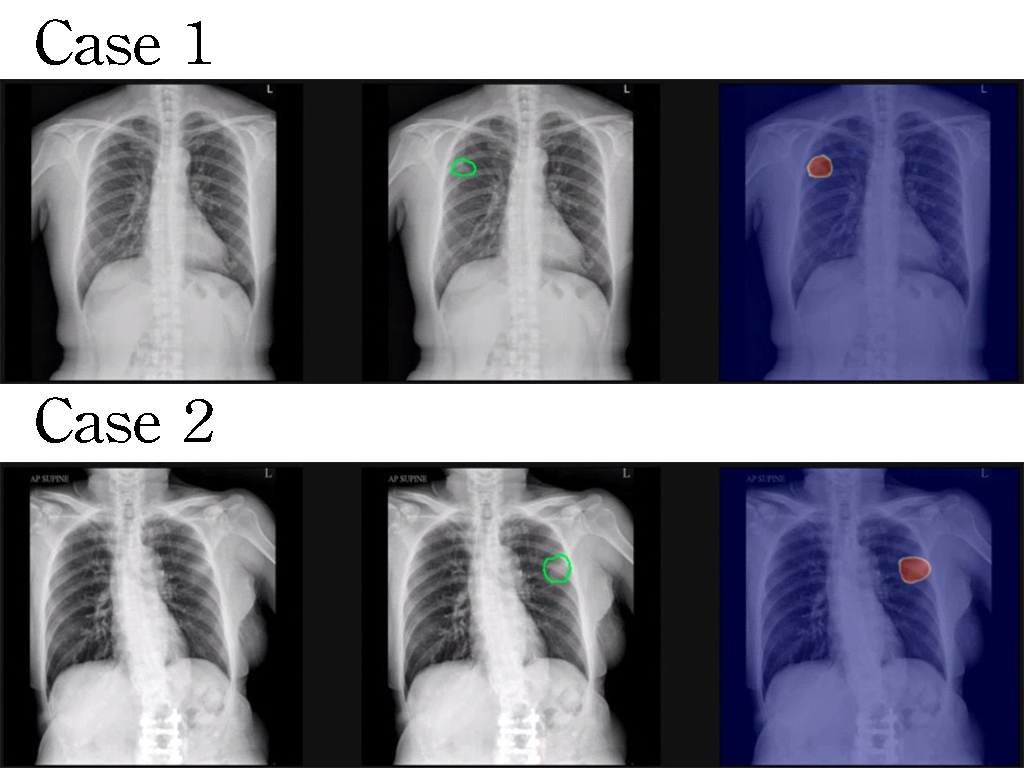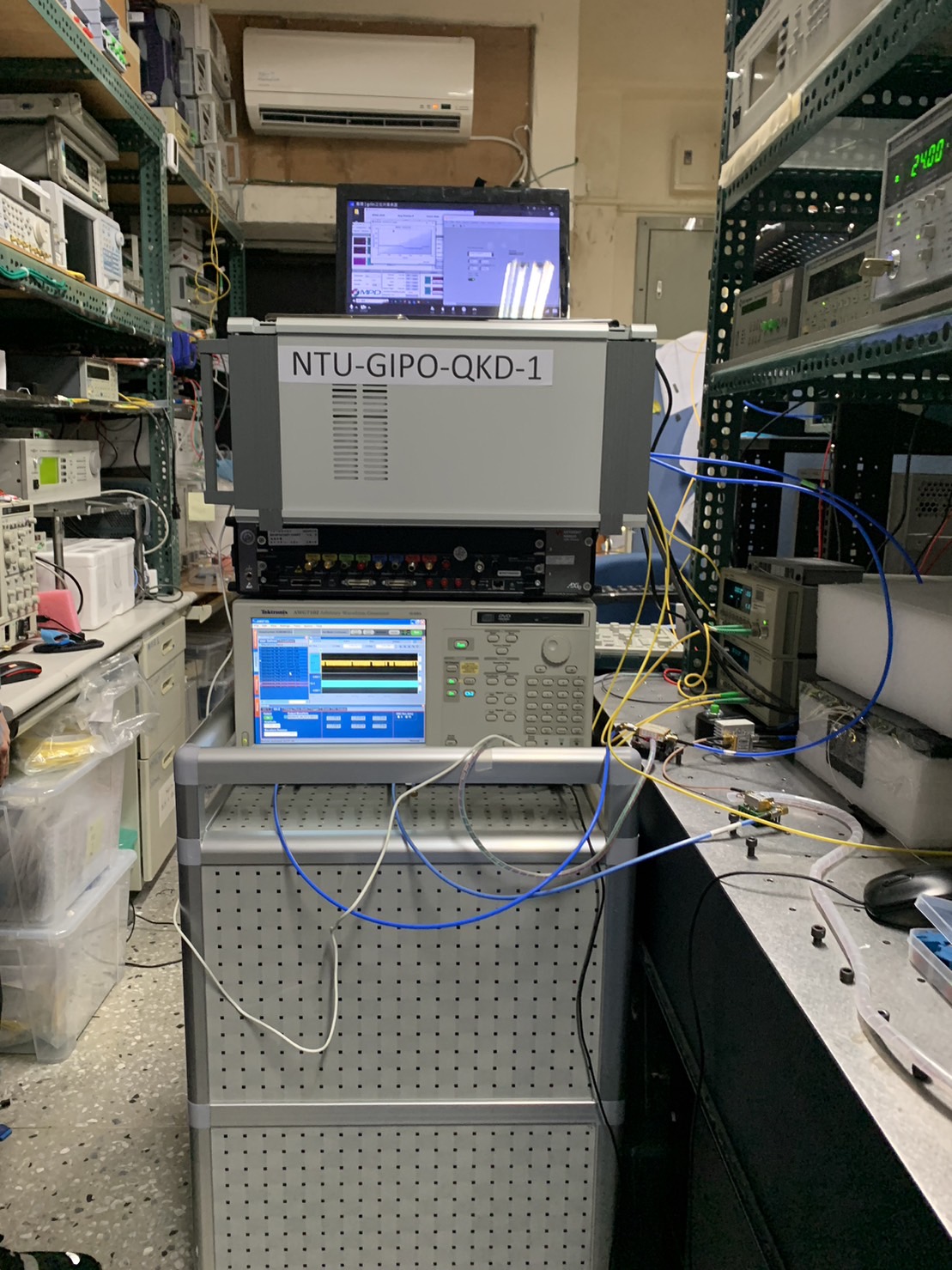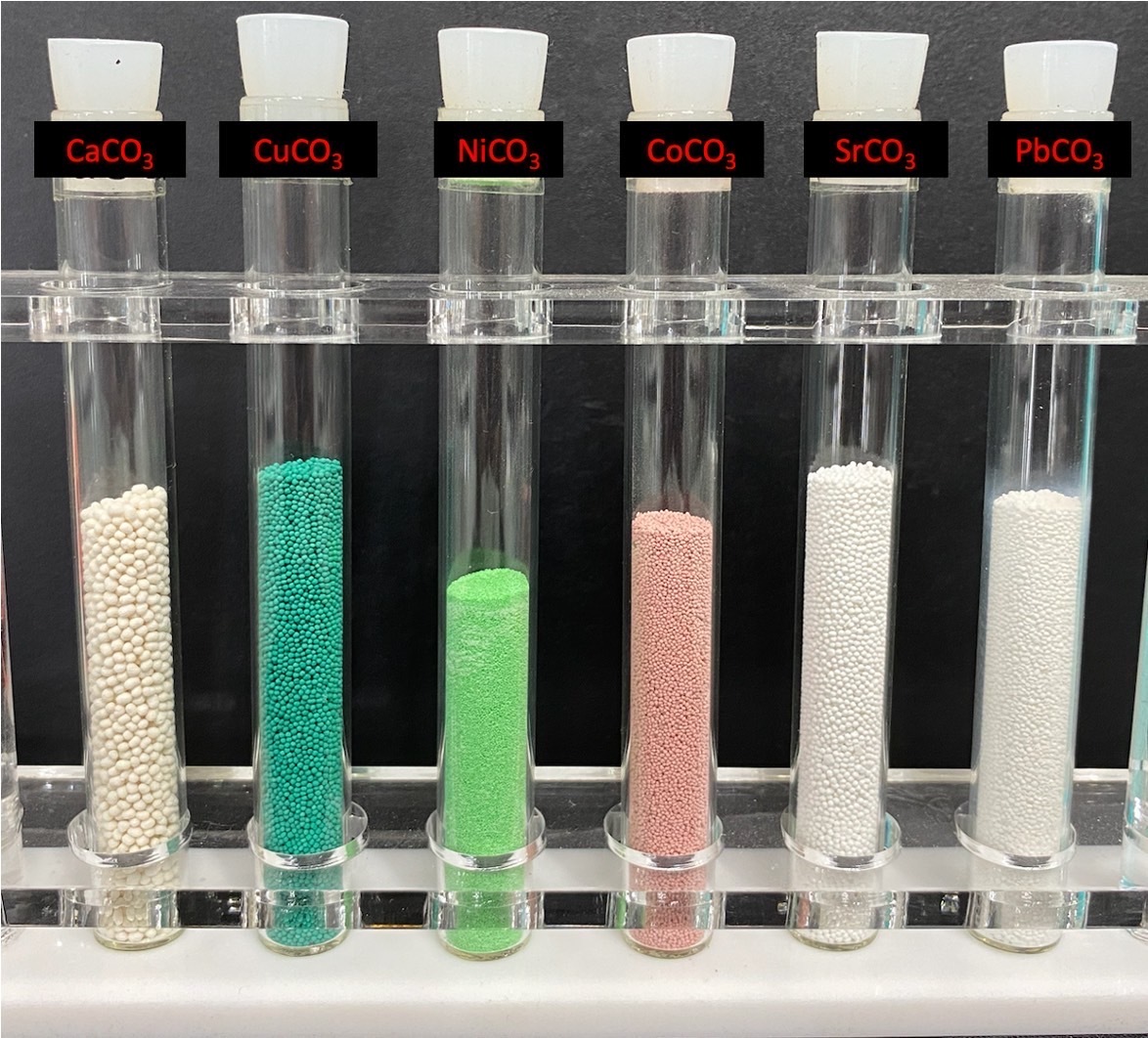| Technical Name | Non-precious metal catalysts driving advancements in natural gas electrolysis and fuel cell technologies | ||
|---|---|---|---|
| Project Operator | National Taiwan University of Science and Technology | ||
| Project Host | 王丞浩 | ||
| Summary | This technology enables low-voltage (~1.5 V) electrolysis of natural gas (methane) or hydrogen-enriched mixtures to produce ultra-pure hydrogen, which is directly used in fuel cells. The membrane electrode assembly (MEA), made of a non-precious metal catalyst and ion-exchange membrane, operates in both electrolysis and fuel cells. This dual-function design lowers costs and enhances scalability for real-world applications. |
||
| Scientific Breakthrough | Conventional methane decomposition technologies internationally rely heavily on high-energy plasma processes, often accompanied by CO₂ emissions. In contrast, this technology enables methane electrolysis at a low voltage (~1.5 V) without the need for high-energy plasma. Utilizing a membrane electrode assembly (MEA) composed of non-precious metal catalysts, the system offers low cost, high scalability, and zero carbon emissions, demonstrating strong potential for practical development. |
||
| Industrial Applicability | This technology is suitable for petrochemical, heavy, electronics, and semiconductor industries. Natural gas can be directly delivered via pipelines to facilities, where it undergoes methane electrolysis to produce high-purity hydrogen. The hydrogen can be used in industrial processes or as a power source via fuel cells. Due to its flexibility, the technology is not limited to specific sectors and can showing great potential for widespread implementation. |
||
| Keyword | Natural gas electrolysis Decarbonized hydrogen fuel Blue hydrogen technology Non-precious metal catalyst Fuel cells Net-zero technology Membrane electrode assembly (MEA) Methane electrolysis Electrochemical hydrogen production technology Strong metal support interaction | ||
- Contact
- Sun-Tang Chang
- suntang925@gmail.com
other people also saw















